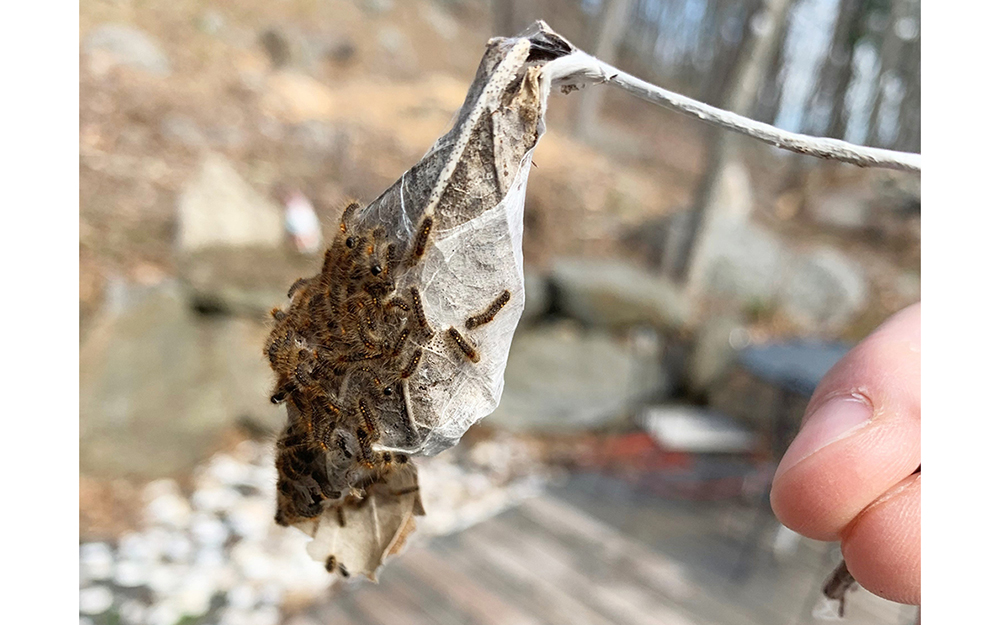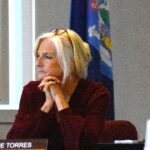
AUGUSTA, Maine — The Maine Forest services has designated this February as Browntail Moth Awareness Month statewide to encourage people to take advantage of the dormant season of the insect and join together to reduce impacts from browntail moth.
The moth’s populations in Maine have been in an outbreak phase since 2015 and the pest cannot be eradicated. Most areas of Maine, especially settled areas with significant host tree populations such as oak, apple, crabapple, pear, birch, cherry or other hardwoods, are at risk of infestation by the caterpillars.
While tree damage, including long-lasting defoliation and branch dieback, are major concerns, so are the human effects. The insect’s microscopic, toxic hairs can cause trouble breathing and skin irritation similar to poison ivy from a few hours up to several weeks.
The Maine Forest Service Forest Health and Monitoring Division coordinates within state government, local communities, and directly with citizens to respond to this issue. Winter is the best time to clip and destroy BTM winter webs within reach or hire licensed arborists or pesticide applicators to reduce out-of-reach populations.
Comprehensive brown tail moth information and tools compiled by the Forest Service, Board of Pesticides Control, Maine Center for Disease Control, the University of Maine and other partners are available on maine.gov/dacf/knockoutbtm. These include research, infestation tracking, FAQs, and educational resources for communities, municipalities, businesses and healthcare providers.







